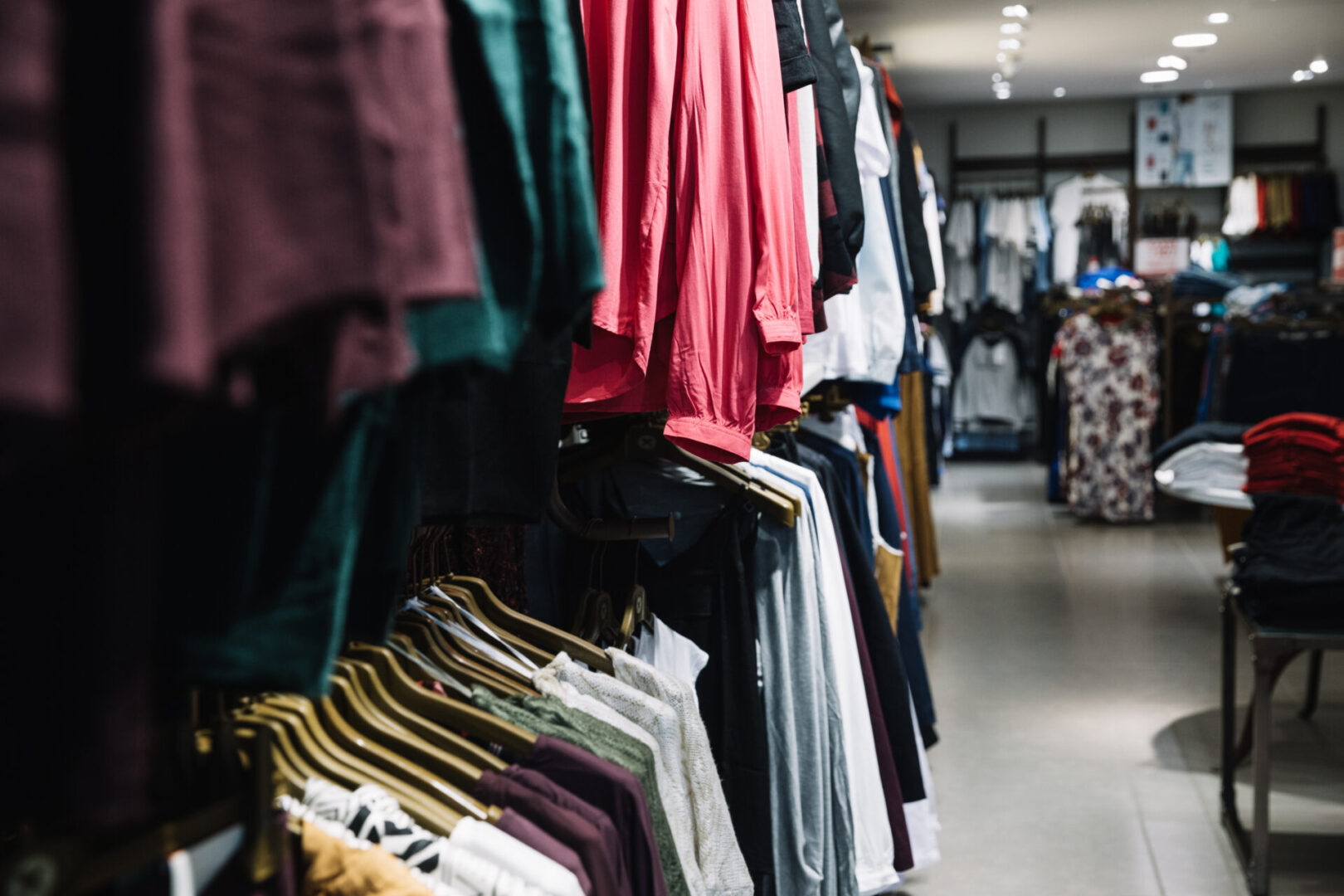
By Emily Stewart
With the rise of fast fashion has also come the call for sustainability. It is well known that fast fashion is not only detrimental to the environment but also to production workers in the developing world. A main cause of this is free trade, which cannot ensure the safety of workers with tariffs and other actions. Countries in the developing world are often sources of fast fashion plants due to the low cost of labor and lack of protective measures for both workers and the environment. The exploitative nature of fast fashion keeps prices low and demand steady.
The Harvard Business Review states that while fashion production has doubled, “prices for footwear and apparel have halved since 1990 with most new items made from non-biodegradable petroleum-based synthetics”. Fossil fuel-based materials allow fashion items to be sold at lower prices than more sustainable options. Synthetic materials are extremely harmful to the environment due to extraction and byproducts of production. Additionally, environmental scientist Linda Greer states that “there are still very, very few brands who know where their stuff comes from in the supply chain, and even fewer of them have entered into active relationships with those suppliers”. Many fashion companies are only involved in the finishing end of their products, instead of monitoring the process all the way through.
By contrast, Fair Trade companies actively track the production process from start to finish to ensure that rigorous standards are followed. The Fair Trade movement was founded on preventing worker exploitation by ensuring liveable wages, safe working conditions, and other programs to support developing communities. Fair Trade companies follow strict guidelines for ethical treatment of both the workers and the environment. In order to meet these, Fair Trade clothing is slow fashion, or made in small batches with sustainable materials, like cotton, silk, leather, and other non-fossil fuel-based mediums. This production process is not only more beneficial to workers but also healthier for the environment.
Although Fair fashion is more costly than fast fashion, it is well worth the investment. Fast fashion is made only to be worn for a season or two before being discarded. However, ethically made products will last decades; the materials and craftsmanship are designed to hold up for a lifetime. Fair Trade’s dedication to artisans is also reflected in the products. It feels better to buy a product that is guaranteed to uplift workers than one that funds continued exploitation. By supporting Fair fashion, you can feel good about your outfit in more ways than one.
Works Cited
Bringé, Alison. “Council Post: The State of Sustainability in the Fashion Industry (and What It Means for Brands).” Forbes, Forbes Magazine, 12 Sept. 2023, www.forbes.com/sites/forbescommunicationscouncil/2023/01/02/the-state-of-sustainability-in-the-fashion-industry-and-what-it-means-for-brands/?sh=19d780ca1c82.
Moorhouse, Julie. “What Is Fair Trade Clothing and Why Should We Care?” Goodmakertales.Com, 29 Nov. 2022, goodmakertales.com/what-is-fair-trade-clothing-and-why-should-we-care/.
Pucker, Kenneth P. “The Myth of Sustainable Fashion.” Harvard Business Review, Harvard Business Publishing, 14 Jan. 2022, hbr.org/2022/01/the-myth-of-sustainable-fashion.
